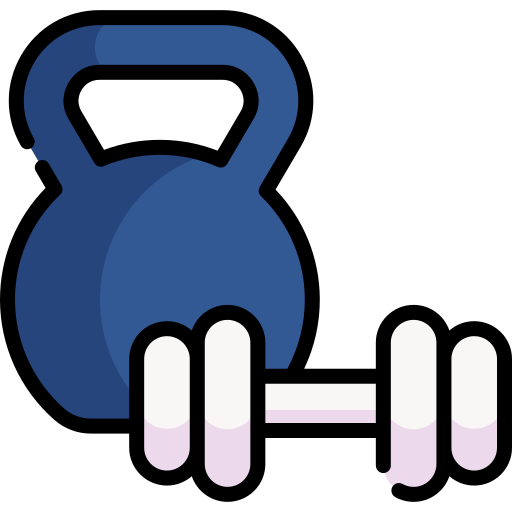The chest. Back and shoulders. Biceps. Hamstrings and lower legs.
As a beginner in strength training you will learn how to spot your muscles, and how to train them appropriately. S.T.A.R.X To give you a real sense of what is involved, I will briefly outline the training schedule; S-Starts - this is the time at which we pick the goal. For example, if our goal is to gain 10 kg then our start training would be in late October. T-Time - what are you doing? I will break this down into the 4 hours in the day, for example waking at 6 am, breakfast at 730, training between 530 and 630. This will be used to plan the order in which you do certain workouts. A-Articulation - which parts of our body do you need to move?

A is for arm workout, which you can workout anywhere. It would include some of the chest exercises, but it would be more of a chest workout if you do it on a bench, or a chest bar. A can also be archery, which you can do anywhere. B is for back workout, or back training. It can be your regular workout, or you can do a few extra to make those muscles bigger. Back training means that you need a back rest, but you still do chest exercises like push up and chin-ups. C is for cardio and D is for diet. Diet is how we lose weight, and cardio (e.g. jumping rope) is how we build up stamina.
🚀 💎 🌞
EXERCISE NOTES Every exercise is done for 20-30 reps, with a little rest between and I try to train everyday. START WITH THE RIGHT PRINCIPLES You need to decide which training zone you are going to train in? For example, are you going for general fitness? Muscular definition? Weight training?